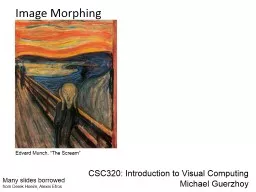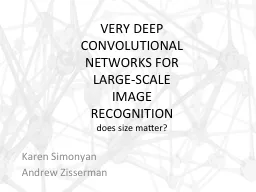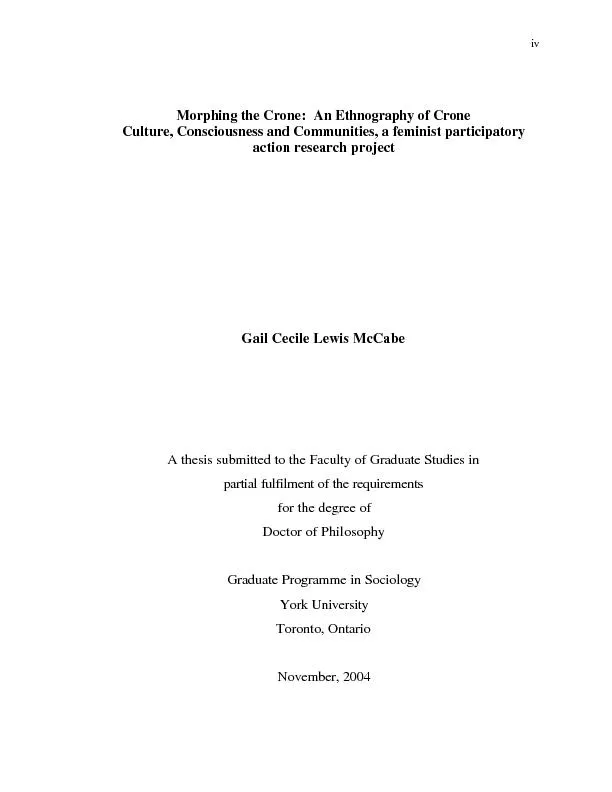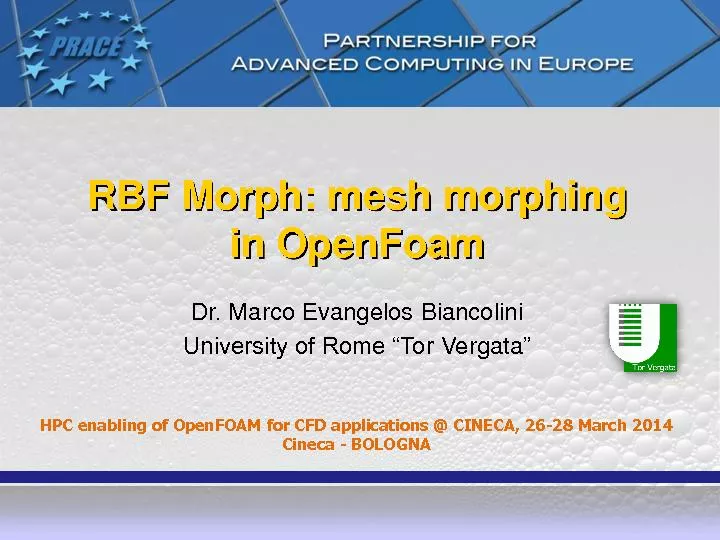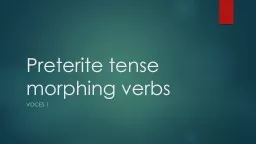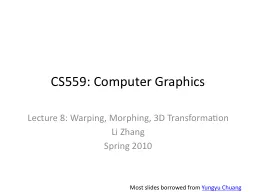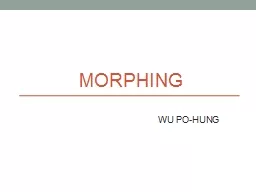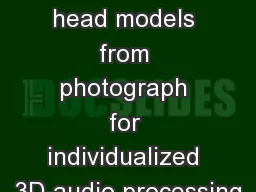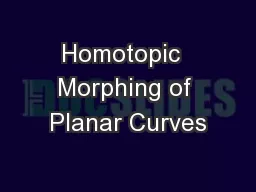PPT-Image Morphing
Author : yoshiko-marsland | Published Date : 2016-08-10
CSC320 Introduction to Visual Computing Michael Guerzhoy Many slides borrowed from Derek Hoeim Alexei Efros Edvard Munch The Scream Morphing Examples httpyoutubecomwatchvnUDIoNHxs
Presentation Embed Code
Download Presentation
Download Presentation The PPT/PDF document "Image Morphing" is the property of its rightful owner. Permission is granted to download and print the materials on this website for personal, non-commercial use only, and to display it on your personal computer provided you do not modify the materials and that you retain all copyright notices contained in the materials. By downloading content from our website, you accept the terms of this agreement.
Image Morphing: Transcript
Download Rules Of Document
"Image Morphing"The content belongs to its owner. You may download and print it for personal use, without modification, and keep all copyright notices. By downloading, you agree to these terms.
Related Documents

